Cezmi Mutlu
An Exploration of Active Learning for Affective Digital Phenotyping
Apr 06, 2022
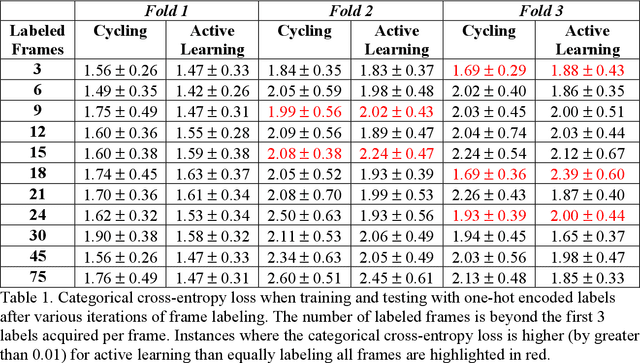
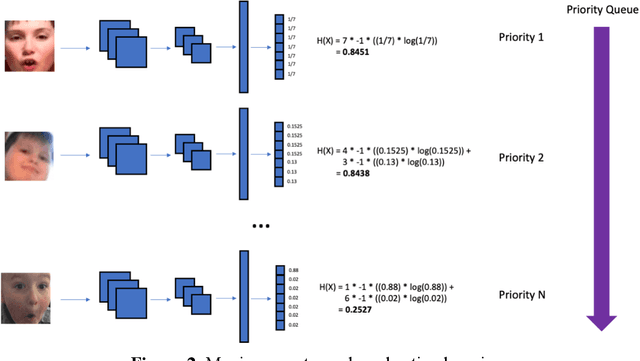
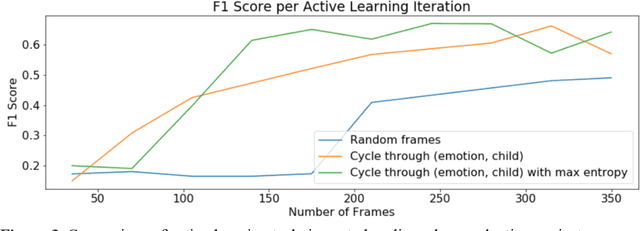
Abstract:Some of the most severe bottlenecks preventing widespread development of machine learning models for human behavior include a dearth of labeled training data and difficulty of acquiring high quality labels. Active learning is a paradigm for using algorithms to computationally select a useful subset of data points to label using metrics for model uncertainty and data similarity. We explore active learning for naturalistic computer vision emotion data, a particularly heterogeneous and complex data space due to inherently subjective labels. Using frames collected from gameplay acquired from a therapeutic smartphone game for children with autism, we run a simulation of active learning using gameplay prompts as metadata to aid in the active learning process. We find that active learning using information generated during gameplay slightly outperforms random selection of the same number of labeled frames. We next investigate a method to conduct active learning with subjective data, such as in affective computing, and where multiple crowdsourced labels can be acquired for each image. Using the Child Affective Facial Expression (CAFE) dataset, we simulate an active learning process for crowdsourcing many labels and find that prioritizing frames using the entropy of the crowdsourced label distribution results in lower categorical cross-entropy loss compared to random frame selection. Collectively, these results demonstrate pilot evaluations of two novel active learning approaches for subjective affective data collected in noisy settings.
Training and Profiling a Pediatric Emotion Recognition Classifier on Mobile Devices
Aug 22, 2021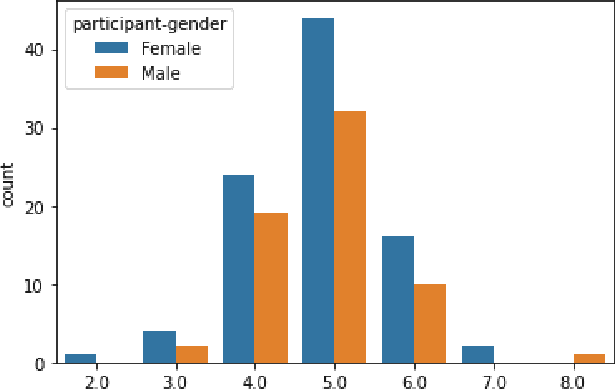
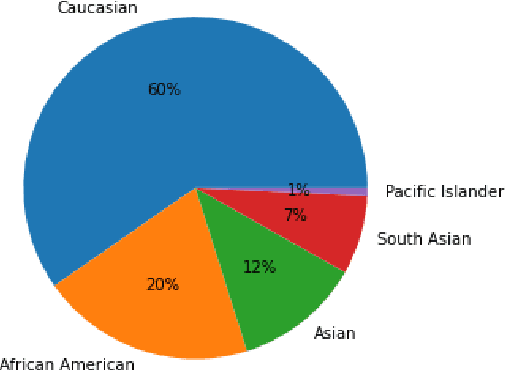
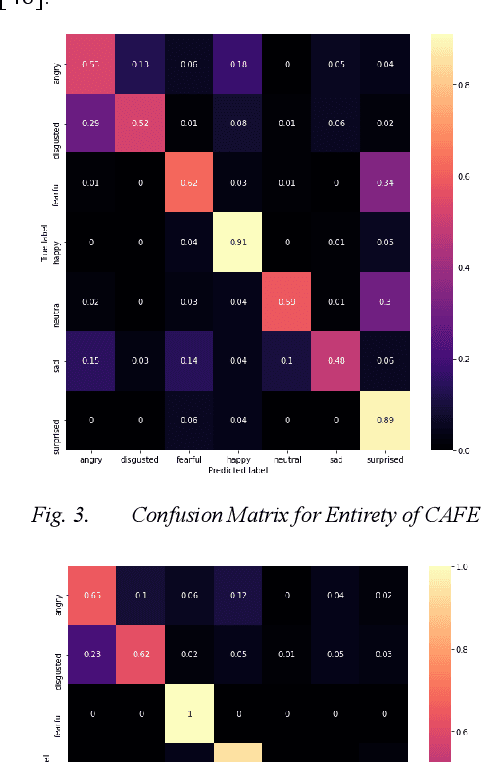
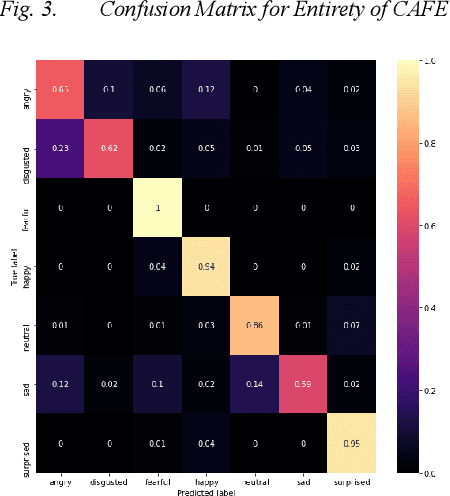
Abstract:Implementing automated emotion recognition on mobile devices could provide an accessible diagnostic and therapeutic tool for those who struggle to recognize emotion, including children with developmental behavioral conditions such as autism. Although recent advances have been made in building more accurate emotion classifiers, existing models are too computationally expensive to be deployed on mobile devices. In this study, we optimized and profiled various machine learning models designed for inference on edge devices and were able to match previous state of the art results for emotion recognition on children. Our best model, a MobileNet-V2 network pre-trained on ImageNet, achieved 65.11% balanced accuracy and 64.19% F1-score on CAFE, while achieving a 45-millisecond inference latency on a Motorola Moto G6 phone. This balanced accuracy is only 1.79% less than the current state of the art for CAFE, which used a model that contains 26.62x more parameters and was unable to run on the Moto G6, even when fully optimized. This work validates that with specialized design and optimization techniques, machine learning models can become lightweight enough for deployment on mobile devices and still achieve high accuracies on difficult image classification tasks.
Training an Emotion Detection Classifier using Frames from a Mobile Therapeutic Game for Children with Developmental Disorders
Dec 16, 2020
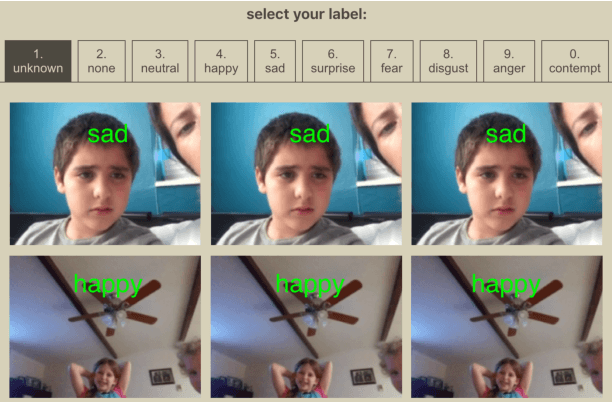
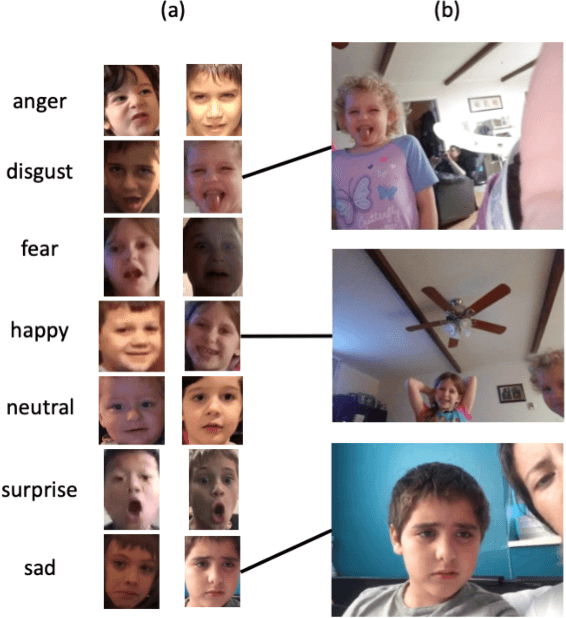
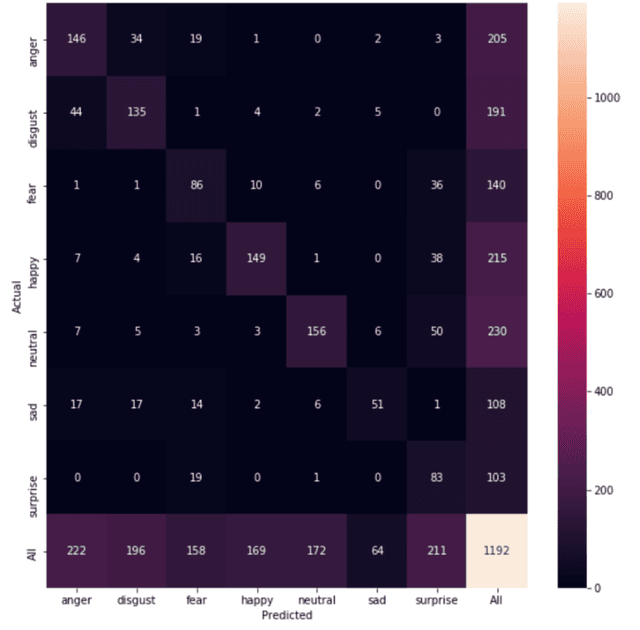
Abstract:Automated emotion classification could aid those who struggle to recognize emotion, including children with developmental behavioral conditions such as autism. However, most computer vision emotion models are trained on adult affect and therefore underperform on child faces. In this study, we designed a strategy to gamify the collection and the labeling of child affect data in an effort to boost the performance of automatic child emotion detection to a level closer to what will be needed for translational digital healthcare. We leveraged our therapeutic smartphone game, GuessWhat, which was designed in large part for children with developmental and behavioral conditions, to gamify the secure collection of video data of children expressing a variety of emotions prompted by the game. Through a secure web interface gamifying the human labeling effort, we gathered and labeled 2,155 videos, 39,968 emotion frames, and 106,001 labels on all images. With this drastically expanded pediatric emotion centric database (>30x larger than existing public pediatric affect datasets), we trained a pediatric emotion classification convolutional neural network (CNN) classifier of happy, sad, surprised, fearful, angry, disgust, and neutral expressions in children. The classifier achieved 66.9% balanced accuracy and 67.4% F1-score on the entirety of CAFE as well as 79.1% balanced accuracy and 78.0% F1-score on CAFE Subset A, a subset containing at least 60% human agreement on emotions labels. This performance is at least 10% higher than all previously published classifiers, the best of which reached 56.% balanced accuracy even when combining "anger" and "disgust" into a single class. This work validates that mobile games designed for pediatric therapies can generate high volumes of domain-relevant datasets to train state of the art classifiers to perform tasks highly relevant to precision health efforts.
 Add to Chrome
Add to Chrome Add to Firefox
Add to Firefox Add to Edge
Add to Edge